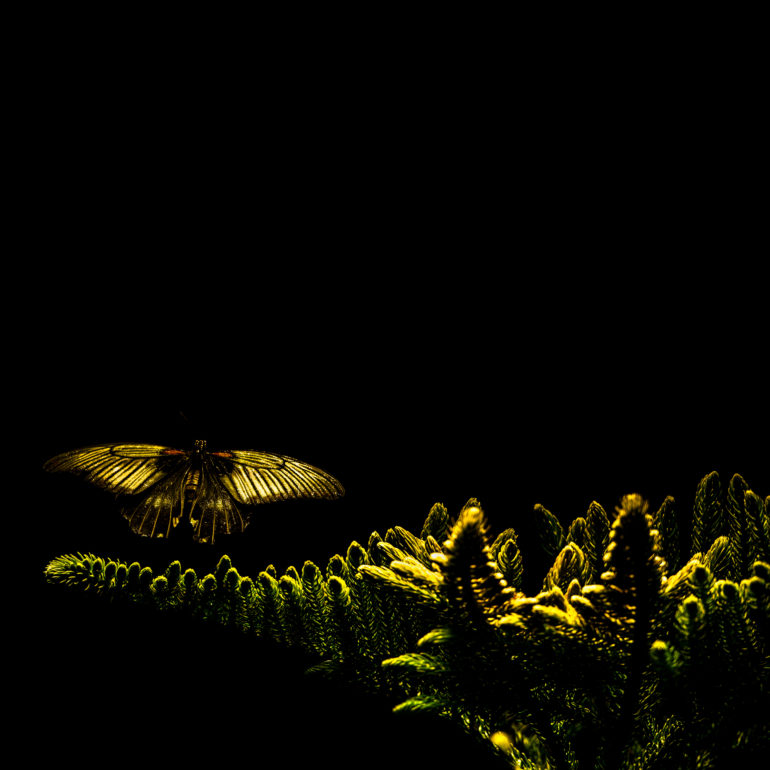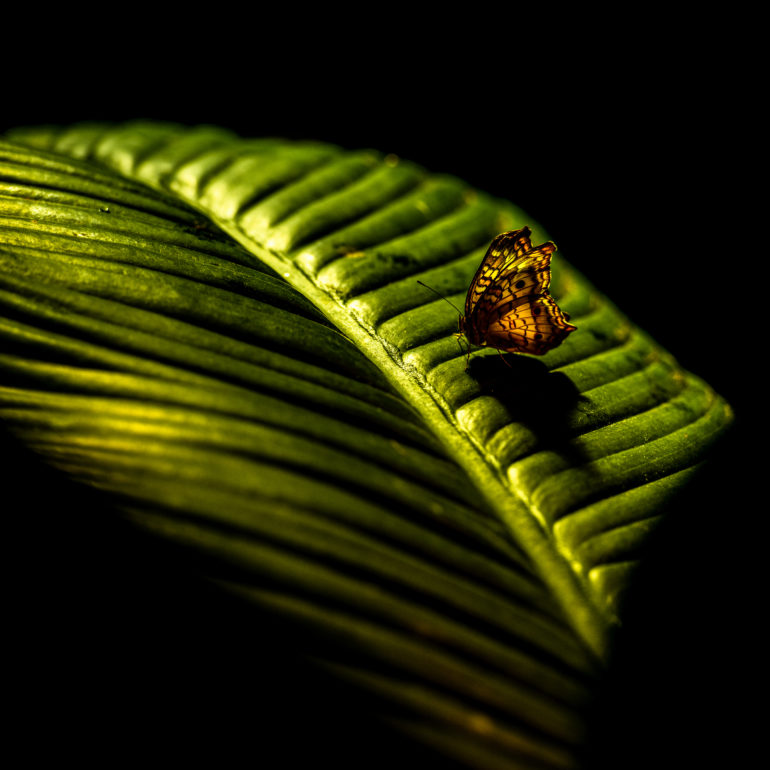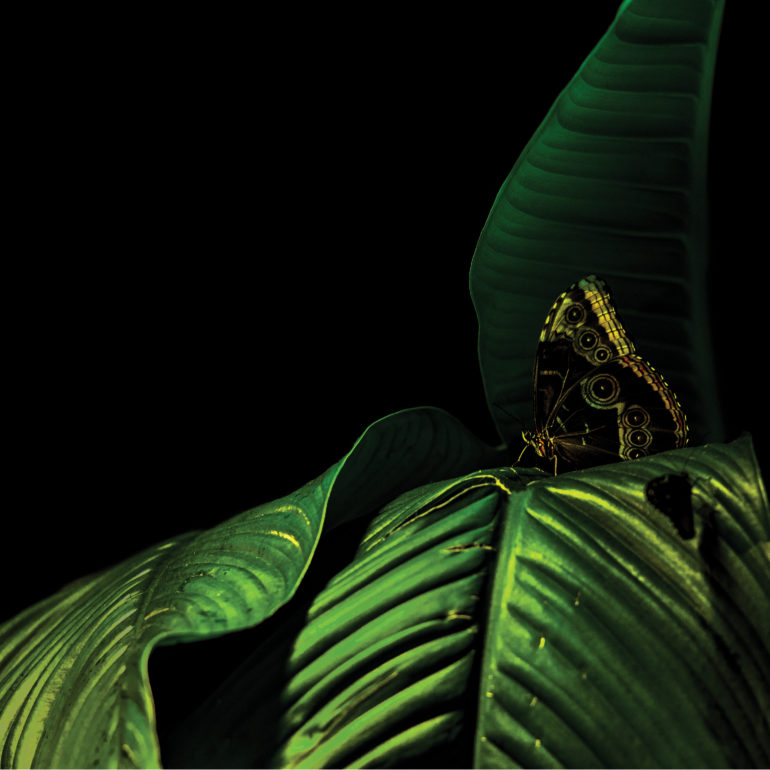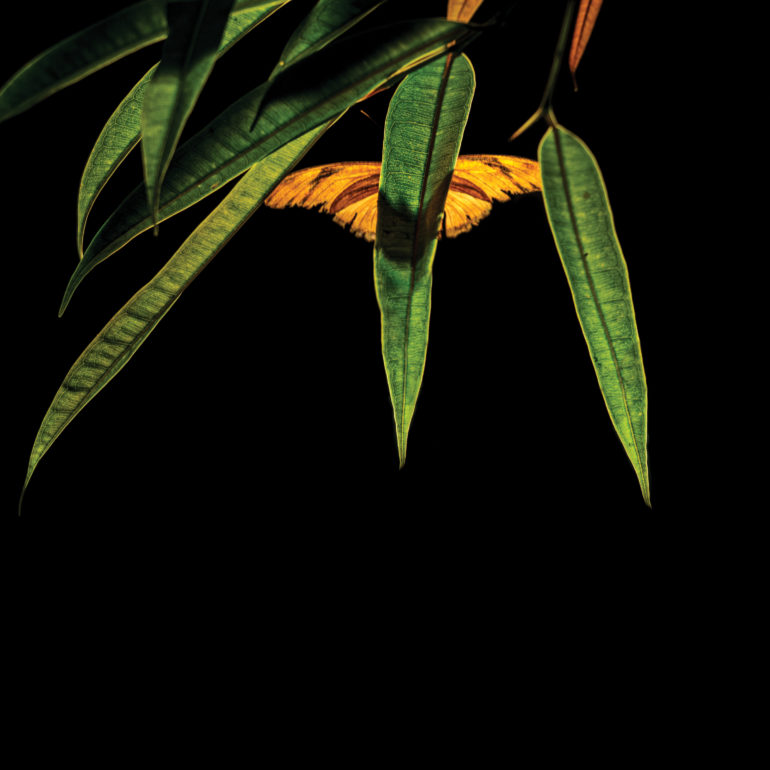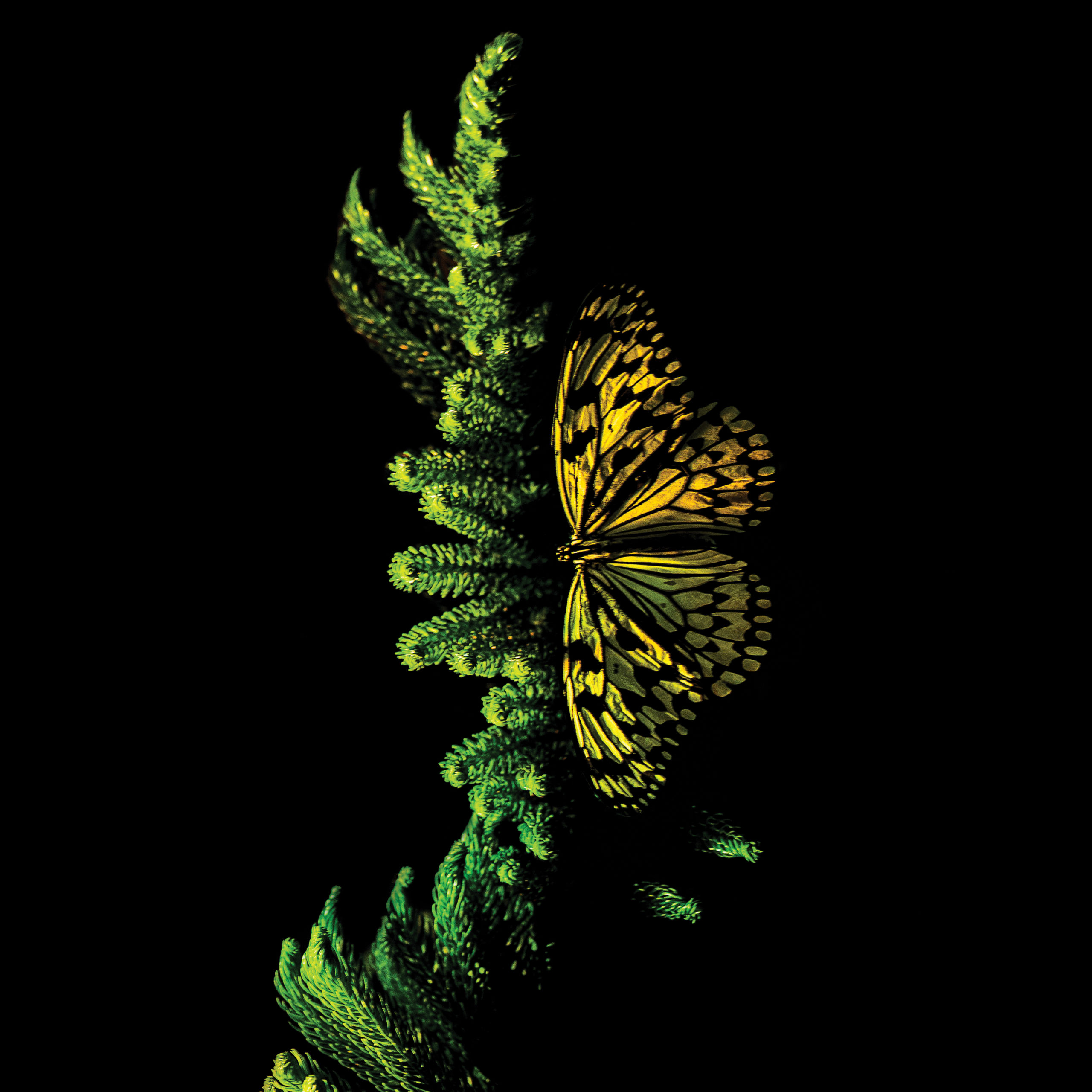Street Photographer Glenn Batkin tells a story of butterflies in a way we’ve never seen.
“Lucky for me they never asked to see a portfolio because unbeknownst to them, I had just purchased my first digital SLR only a month before,” explains Glenn Batkin to us on how he got into photography. This sense of adventure sets the tone for the experimental playfulness we find throughout his series on butterflies. Glenn is an NYC based photographer and has been shooting for over a decade. His work is mostly documentary-based, and these days he identifies as a street photographer. When you’re used to reacting to things happening in front of you, it may seem that photographing a subject like a butterfly could be almost too easy. But, Glenn does it masterfully in a way we’ve never really seen before.
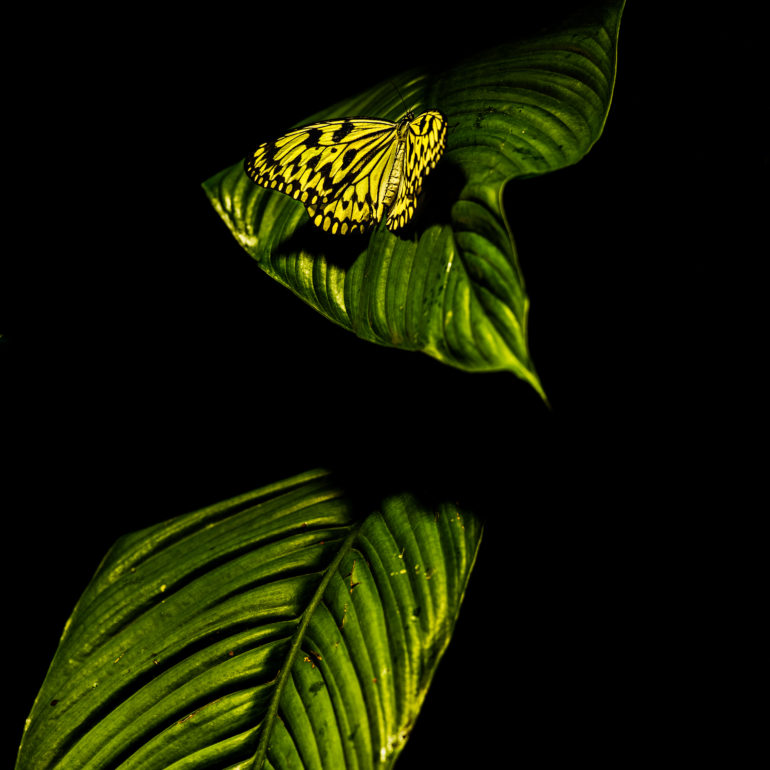
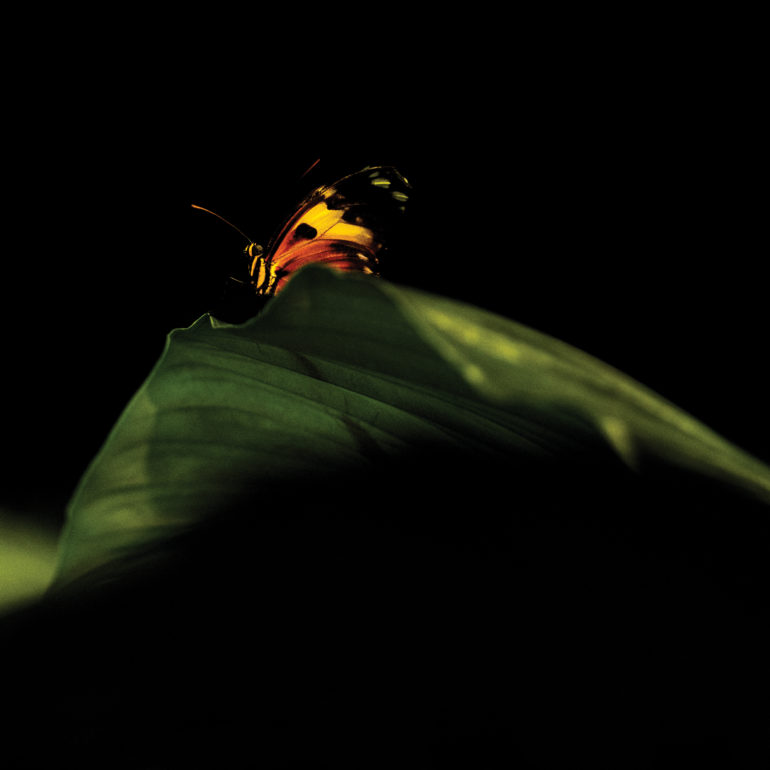
Talk to us about how you first got into photography.
Glenn: In 2008 I was working as an advertising art director on a pro bono campaign for Viral Hope, an outreach program at NY-Presbyterian Hospital to support HIV patients in Nigeria. Typical of non- profit companies, Viral Hope had limited funds so I offered to photograph images for free for the website and collateral materials we were creating if they would be open to taking me along to Nigeria on their next visit. They agreed. Lucky for me they never asked to see a portfolio because unbeknownst to them, I had just purchased my first digital SLR only a month before. To say I was nervous would be an understatement, but once I arrived in Nigeria and started shooting, I was hooked on the travel experience and photography as a means of creative expression.
As a photographer, you do a whole lot of different stuff these days. How do you identify yourself? Are you a documentary travel photographer? How does this incorporate into marketing yourself?
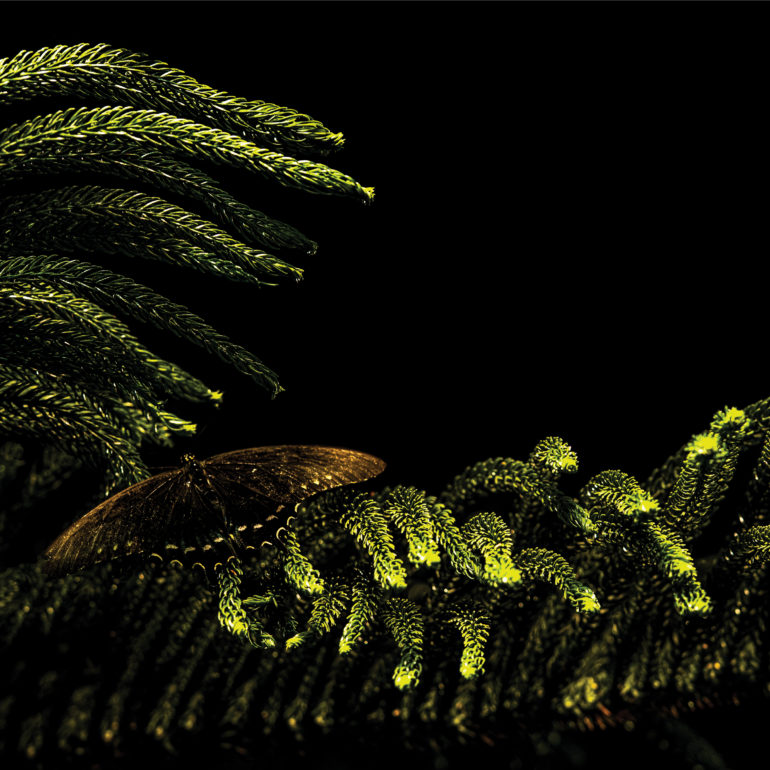
Glenn: At this moment I would identify as a street photographer and use the post part of the process to create a unique aesthetic to what best fits the subject matter, in other words, what ‘feels’ right.
If you were to ask what a ‘dream career’ might be, then a documentary travel photographer would top the list.
Reaction to marketed work for the last few years has been less about where in the world the images have been taken and more about the honest depiction and grace of humanity. And if that’s how the work lands in the minds and eyes of viewers, then I am grateful.
You shot these beautiful images at the Museum of Natural History’s Butterfly Conservatory. When you were shooting them, did you know in your head what you wanted the final images to look like?
Glenn: When you arrive at the exhibit you are led into an intimate, balmy space, low ambient light, 500 live butterflies and rather limited human capacity. Iridescent wings shimmered in the shadows affirmed that a graphic approach was a natural choice.
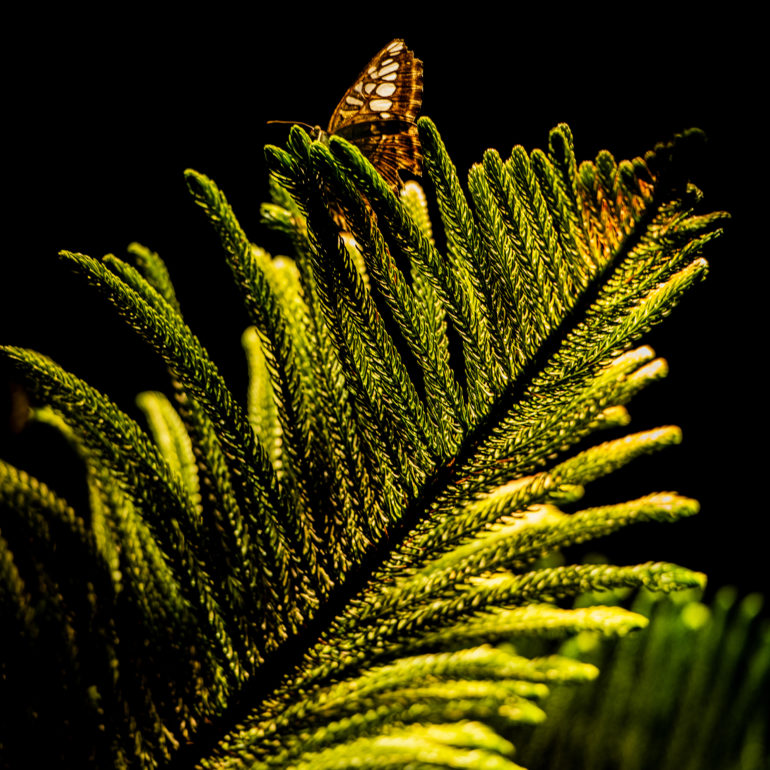
Why this specific cropping style? How do you feel it made the final images more effective?
Glenn: It came down to a “less is more” equation. A butterfly, a plant and velvety black negative space. A square format suited the minimalist structure of the series.
Why butterflies? It’s so different than your other work.
Glenn: I am hoping it will be a catalyst to venture into unfamiliar subject matters coupled with creative post-treatments.
For you, did the magic come out in-camera or in post-production? There is a very specific look to these images, so how did you go about conveying your emotions into the scenes?
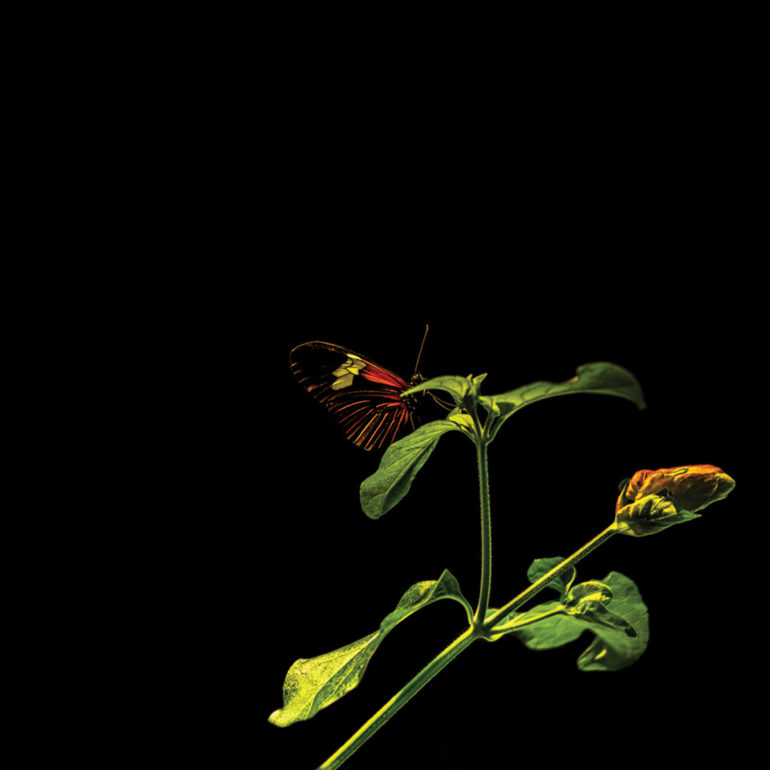
Glenn: The images are inextricably linked to the Zen-like experience in this controlled moment with nature. For me, the magic came out ‘in camera’. The emotion can only be described as tranquil patience…the anticipation of a butterfly landing in a calculated composition. Hopefully, that is transparent in this mini body of work.
Let’s say that this was a different animal. Take cats or something. How do you think this series would have translated and changed?
Glenn: A commercial shoot has objectives and guard rails. The end result would have a precise aesthetic. If it were a personal fine-art project, I would imagine the cats themselves might dictate the ebb and flow of the shoot and dictate its own photographic style.
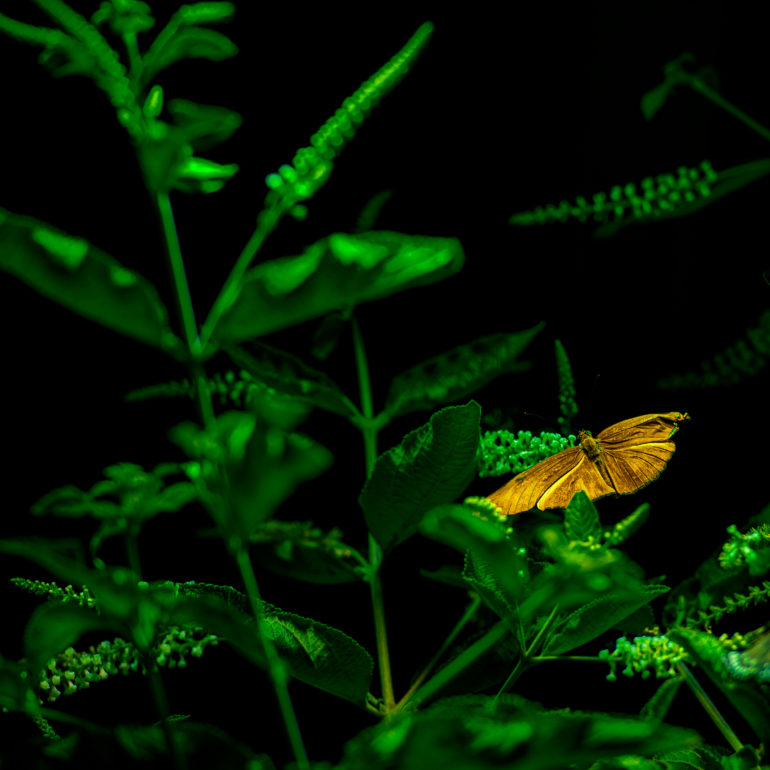
Tell us a bit about the gear you used to shoot these photos.
Glenn: The images were shot with a Nikon D810 and a NIKKOR 70-200mm G f2.8 lens.
What are you doing with this work? Are they going to be special postcards for clients? Are you going to continue but put different spins on it per location?
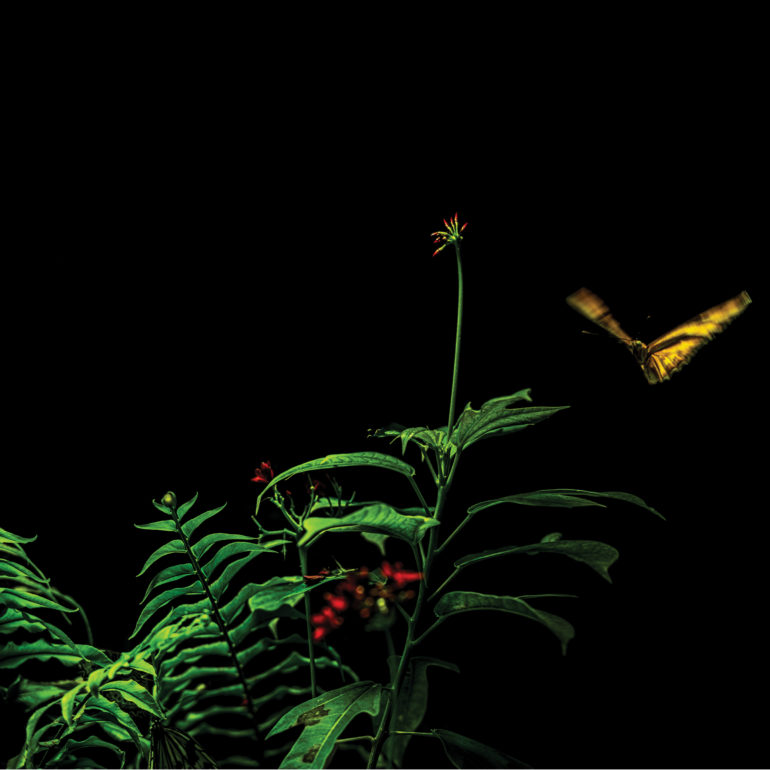
Glenn: I don’t have a definitive use for this work yet, though a postcard series is a logical choice. At the moment it’s living on Instagram.
Lots of your other work involves storytelling in some way or another. But here, we don’t really get a story. What was this like for you mentally?
Glenn: It was a novel experience. By removing that aspect of storytelling, I was left solely with color, light, and composition. The process became more visceral and less intellectual.
